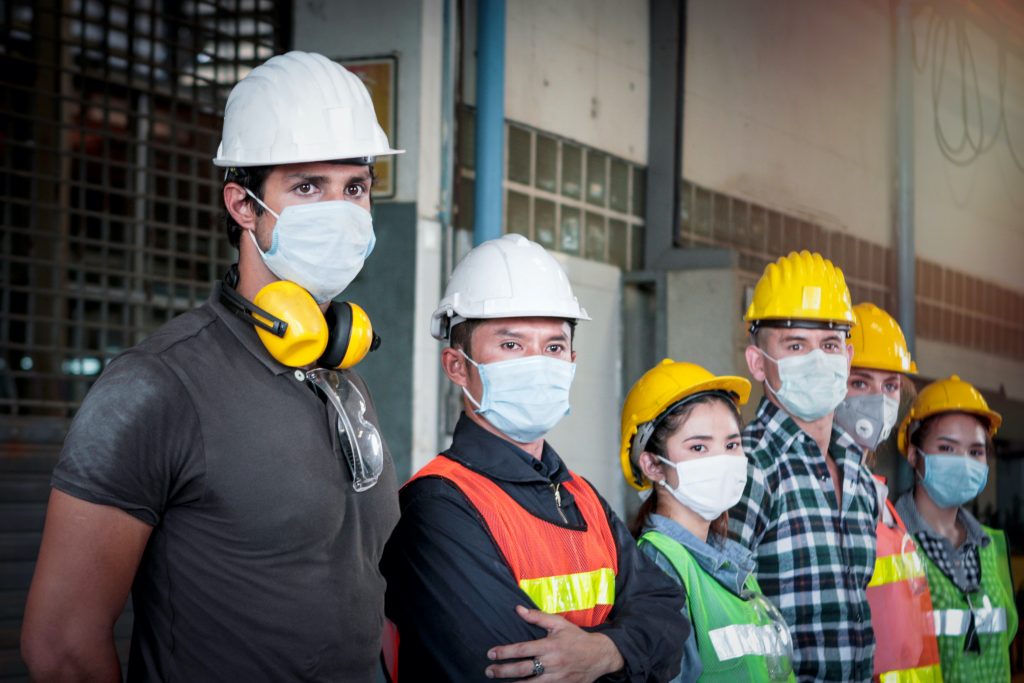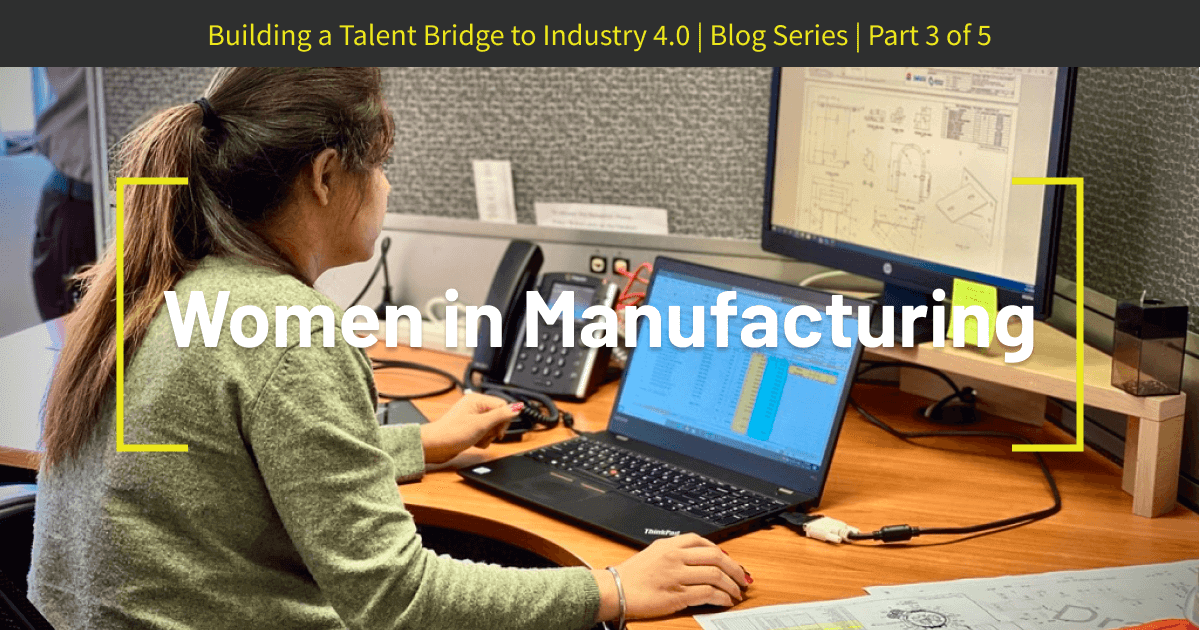Introduction
As the workplace gains more flexibility and as more people start to value socially conscious organisations, it is important for us to consider how one can become a genuinely responsible company. Admittedly, one of the most glaring issues in the manufacturing industry would be the outstanding lack of women in the workplace.
It is an awkward and uncomfortable issue to address, and it would be frankly easier to ignore the problem altogether. But as we start to encapsulate the values of a modern industry, we know that change is not necessarily scary but rather a necessity in personal development. We knew that we would require a lot of introspection and personal anecdotes from women themselves in order to truly understand the female experience in an otherwise male-dominated workforce.
There is both a morally and organisational advantage in having more women in every field. Despite the STEM sector being one of the fastest growing industries of the fourth Industrial revolution in Australia, female employment is considerably low where less than 30% of jobs are held by women (APH, 2017). It is vital for us to close this employment gap as “diversity advantage” generates a “thriving innovation culture, a positive impact on the bottom line and incentives to remain in the STEM workforce” (Professionals Australia cited in APH, 2017). A lack of women in industries hinders the capabilities and potentials of an organisation.
Women at LA Services
As we enter a new phase in technology, it is especially important to include women into the industry as we require a new perspective more than ever. We need a new mindset and experience of someone who has grown up and understands the complexities of these technologies. We recently employed Vidushi (a graduate mechanical engineer, featured in the blog cover image) who has revitalised and brought a new approach to work giving a unique perspective to her tender and bid role – something we would have lacked if we did not choose to branch out. And this need for diversity extends to a technological realm where we required someone from a younger generation to take charge of the new technologies. She has also pointed out inconsistencies in our current system, which has reaffirmed the need for structural change for both social and organisational development.
Insiya was the first revolutionary female employee of LA Services as she came on to help us with our marketing/UX content. Similarly to Vidushi, Insiya revitalised the workplace as she updated outdated software and helped us rebrand into a modern business. Working closely with Insiya revolutionised our perceptions with the realisation that we were limiting ourselves within the ‘normalcy’ of what we knew. Though change is typically scary, this was eye-opening as we realised the disadvantages of sticking to the known and have since then actively made efforts to include women in our small family.
Danica is another one of our new additions to LA Services and has come on as a marketing intern. Same as Vidushi, she joined through Path4Graduate and was surprised to see the marketing opportunities in this particular industry. From the get go, she was immensely busy brainstorming ideas, with the mentoring of Insiya, to expand the organisation to make it more reachable to potential students and customers. Initially, we were very nervous. The collaboration of manufacturing and marketing is not expected, as a small business at least. But once again we were pleasantly surprised at the magnitude of diversity as she too also brought in great insight and structure to an un-ventured marketing surface.
Women in Management Roles

According to Deloitte’s Women in Manufacturing Study (2017), companies with strong female leadership presence have shown increased innovation and profitability, and higher Return On Equity (ROE). This emphasises both the financial benefit in employing more women and reflects the genuine efforts of a company to not simply employ females as a ‘show’ of camaraderie but genuinely putting them into positions of power. Unfortunately, the reality of most workplaces is that employees do not have equal access to leadership development programmes
(International Labour Organisation ACT/EMP, 2017), meaning it is especially harder for women to progress professionally. This provides an unfortunate insight as to why women may be even more hesitant in joining the manufacturing industry as it can be seen as a ‘boys club.’
According to the Harvard Business Review (HBR) (2019), gender inclusivity leads to a more productive company when it is “normatively” accepted on a societal and organisational level. This highlights the need for a genuine effort towards gender diversity in order to experience the true benefits of including more females in our company.
Misconceptions of a Manufacturing workplace
The AMGC report has also shown that a common misconception of the manufacturing industry would be the lack of flexibility. WGEA (2015-2016) reports that female dominated organisations have higher rates of flexible/casual working arrangements and we understand the particular need for individuals. When you consider these two insights it may explain why there is a lack of women in the industry. However, as we continue to work with more students and network with other organisations, we are hoping to break down these preconceived notions as false.

We understand the need for care, compassion and understanding. As less flexibility deter women to join male-dominated workplaces, we are happy to say that this is not the case for our company where we strive for a balance for our workers.
Conclusions
Only when we get to a point where we no longer have to emphasise the “women” in manufacturing will we know that we have reached true equality. It is important for us to understand these issues in order to call them out and provide a welcoming environment that is safe for everyone involved.

